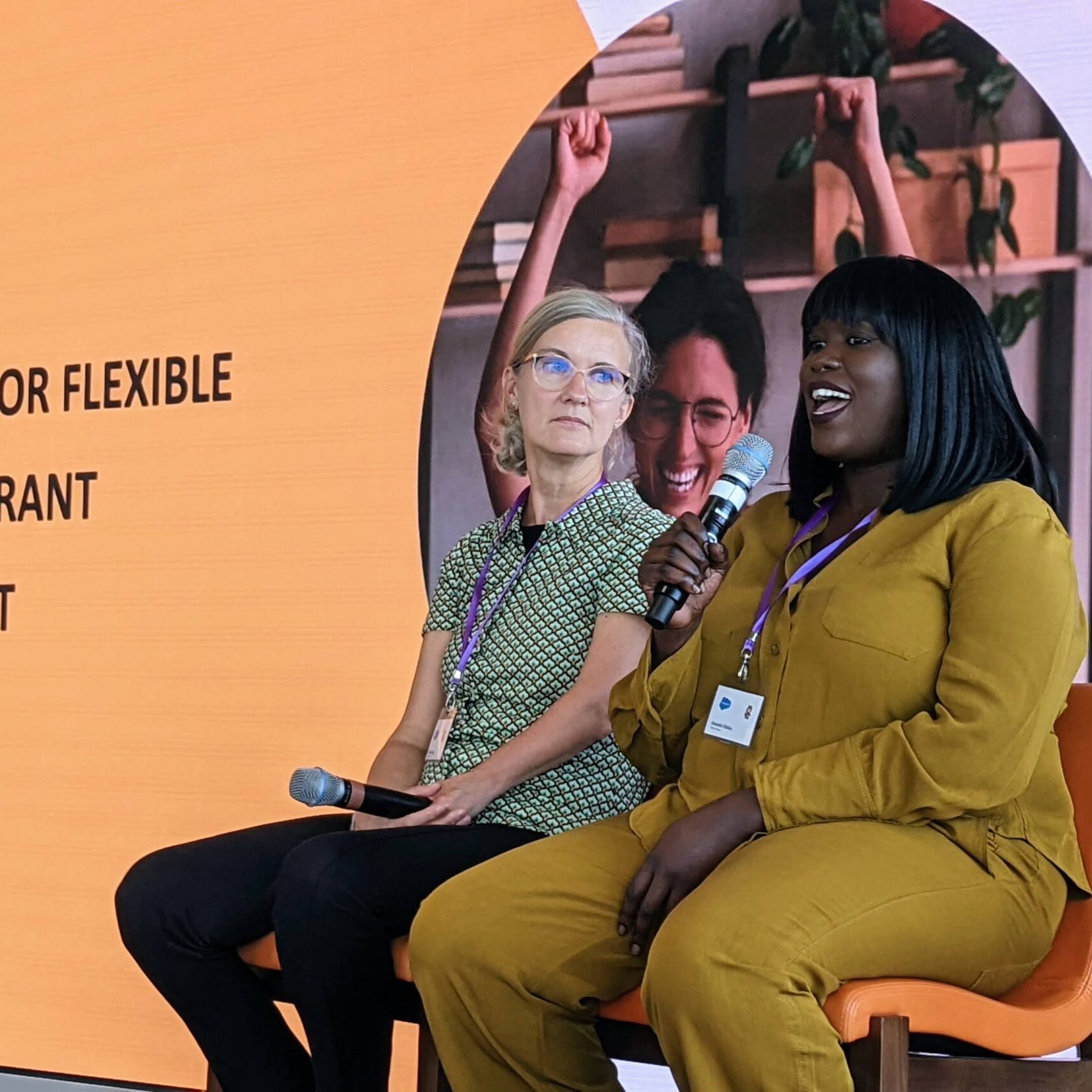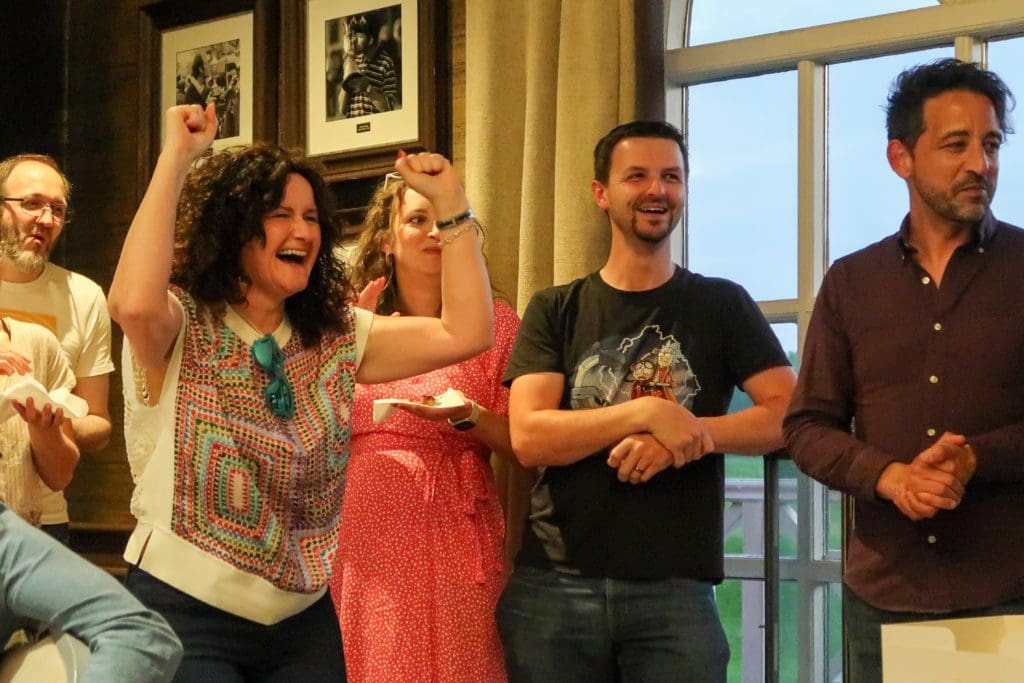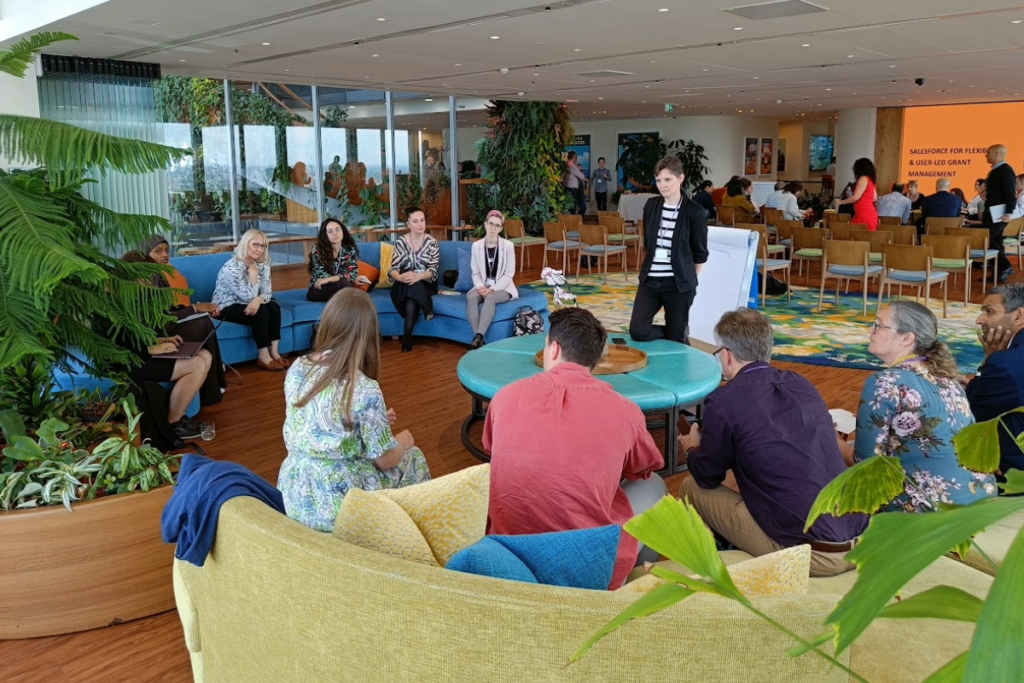Grant-making on Salesforce – Assessment stage
Part 2 of our blog series on the grant-making lifecycle using Salesforce focuses on the Assessment stage. In this blog we consider the key steps of the assessment process and look at how Salesforce’s rich toolbox of standard features can be applied to:
- Automate communications and task assignments
- Simplify the process of assigning and tracking applications
- Engage with external assessors
1. Sifting out ineligible applications
Once a funding application has been submitted the first step is usually to determine whether, or not, the application qualifies for funding, i.e. does it meet the funding criteria. Whilst it is possible to incorporate eligibility checking into the online application form, there will always be those that slip through the net. The objective at this stage is to identify and flag ineligible applications and to advise the applicant of the outcome.
Useful Salesforce toolbox features:
- List views – one of the most powerful features of Salesforce throughout the grant application process (or indeed any process). Users can create and view a snapshot of applications by specifying the filter criteria and the columns to display. This makes it very easy to filter records for the sifting process.
- Email templates – allow the creation of a suite of branded email templates with merge fields to pull information from related records (such as applicant name, reason ineligible). These can either be sent manually or automated when the status is changed using a simple workflow rule or the Lightning process builder
- Quick links to external reference sites – if there are sites that are visited regularly, add a link within Salesforce to open pages in a new window or use a dedicated tab. For example, our grant-making solution grantFlex has an in-built Charity Commission page look-up that fires up based on location and charity number entered
2. Internal assessment
Once ineligible applications have been sifted out, a more detailed assessment can be completed. Depending on the organisation and the amount being requested, this may involve a multi-stage review or require a second pair of eyes. Some funding requests may need to pass through several stages of assessment where more detailed information is needed as the application progresses; such as detailed expenditure budget breakdown, documentation and expected outcomes.
Useful Salesforce toolbox features:
- Custom fields – any combination of free text, number and picklist type fields can very quickly be created by a System Administrator to enter comments, scores and rankings
- Record ownership – every record in Salesforce is assigned an owner so it is easy for Grant Managers to display list views and reports using the standard ‘my’ filter. If there are multiple Grant Managers, application records can be assigned automatically based on geography, programme etc.
- Activities – log any calls, meetings and emails with the applicant for visibility of the full history of engagement throughout the application process
- Task assignments – using the automation tools in Salesforce, tasks can automatically be assigned to specific users when a field value changes. These tasks are displayed prominently on the home page and appear in the activity history once completed
3. External assessment
Some grant-makers require external assessors to review funding applications. Certain subjects may necessitate a peer review where specialists are invited to provide their comments and scores. Where an assessor’s role does not warrant a full Salesforce licence you have two main options to consider:
- Communities – Salesforce’s portal can allow access for external users to log in to view/edit the data accessible to their profile. This option will incur an additional annual cost either based on type of Community, number of named users or log ins (non-profit discounts do apply)
- Integrated forms – if ongoing access is not required, an alternative solution is to send an email to the selected assessor with attached files to review and a link to an online form to capture their comments/scores. (See part 1 of this blog series for information on integrated form solutions)
In either case the incoming assessment submissions and scores can be tracked on dynamic dashboards and scores can be totalled or averaged to simplify evaluation.
Once the assessment has been completed, it is time to prepare applications for the panel meeting so that they can make their decision. This will be the subject of part 3 of this blog series coming soon.
For more information on grant-making solutions on Salesforce, get in touch here.






